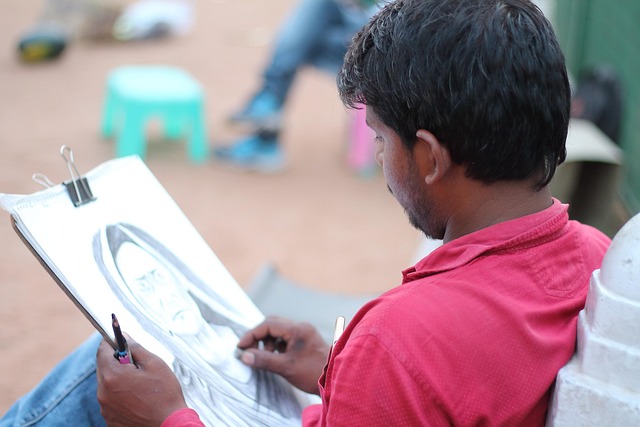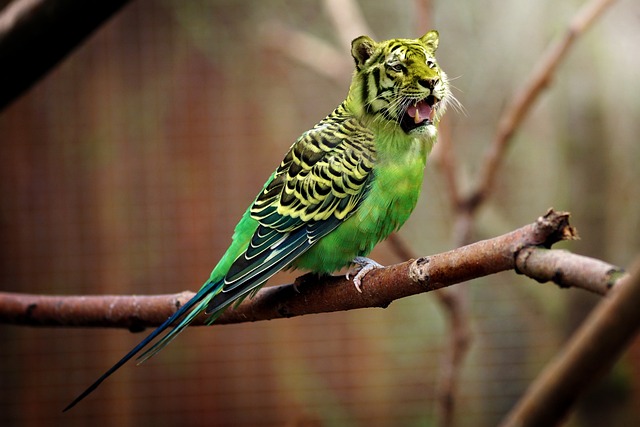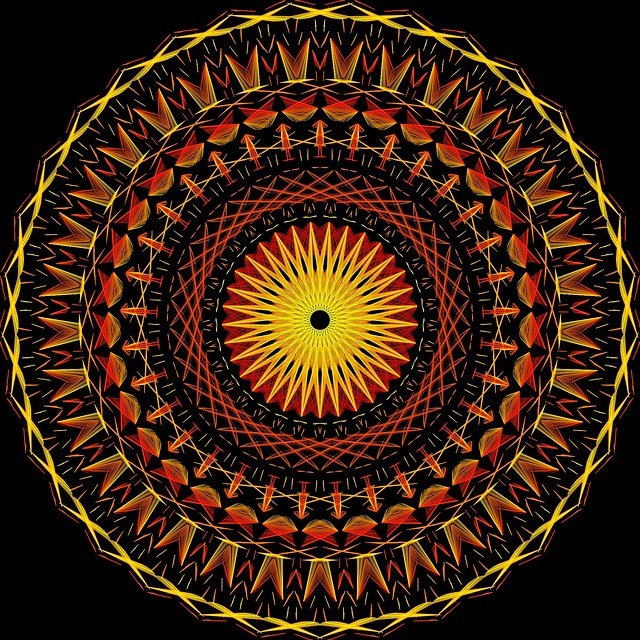Unleashing Creativity: Exploring the Fine Art of Freehand Drawing in Culture and Art
In a world increasingly dominated by technology and digital tools, the art of freehand drawing remains a powerful testament to human creativity and expression. This ancient practice transcends mere sketching; it is a profound form of communication—an intimate dialogue between the artist and their canvas. When one picks up a pencil or a brush, they invoke a physical connection to the art, one that can be both liberating and transformative.
The Fine Arts Perspective
Freehand drawing has long been a cornerstone of the fine arts, serving as the foundation for countless masterpieces throughout history. Renowned artists like Leonardo da Vinci and Michelangelo relied on this skill to capture the human form and the intricacies of the world around them. These masterpieces not only showcase technical prowess but also unveil the emotional depth and intellectual engagement of the artist.
In today’s context, freehand drawing continues to be a vital exercise in creativity. It encourages artists to step away from the rigid constraints of digital perfection and embrace spontaneity. Each stroke tells a story, each line imbued with the artist’s emotions. While digital tools can enhance artistic expressions, they can never replicate the raw, unfiltered essence of drawing by hand.
Influence of Culture
Cultural contexts play a significant role in shaping the approaches and themes explored through freehand drawing. Art acts as a mirror reflecting societal values, struggles, and narratives. From Indigenous art that conveys ancestral stories to street art that voices contemporary social issues, freehand drawing serves as a universal language, transcending borders and connecting communities.
In many cultures, the practice is not solely reserved for professional artists; it is often a communal activity, a joyous means of sharing experiences and stories. Workshops and community projects encourage individuals of all ages to explore their creativity through freehand drawing, promoting inclusivity and collaboration. This cultural exchange enriches the practice, leading to a dynamic evolution of styles and interpretations.
The Art of Expression
At its core, freehand drawing is about expression—a visceral, tangible way of translating thoughts, feelings, and visions into a physical form. Whether it’s a rough sketch in a notebook or an elaborately detailed illustration, each piece of art reflects something uniquely personal. The freedom to create allows artists to explore uncharted territories of their imagination, weaving in elements of their identity, experiences, and surroundings.
Moreover, freehand drawing encourages mindfulness and presence. As artists focus on their strokes, they often enter a state of flow, where time seems to dissolve, and their worries fade away. This meditative aspect of drawing fosters not just creativity but also emotional well-being, as it provides a safe space for individuals to express their innermost thoughts.
In a fast-paced world, where instant gratification prevails, embracing the art of freehand drawing can serve as a reminder of the beauty of patience, practice, and process. It invites us to slow down, engage deeply with our surroundings, and unleash the creative potential that lies within.
Thus, whether you’re an experienced artist or a curious beginner, exploring freehand drawing not only enriches your artistic journey but also deepens your connection to the world around you. It is a celebration of creativity that echoes through time and culture, inviting us all to take part in its limitless possibilities.




